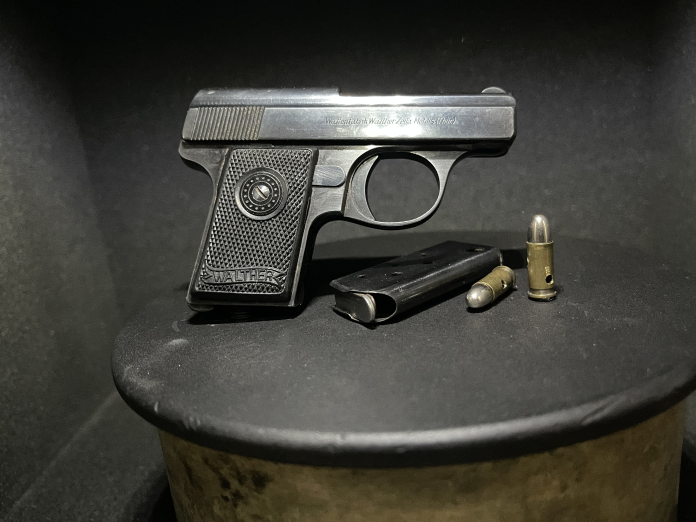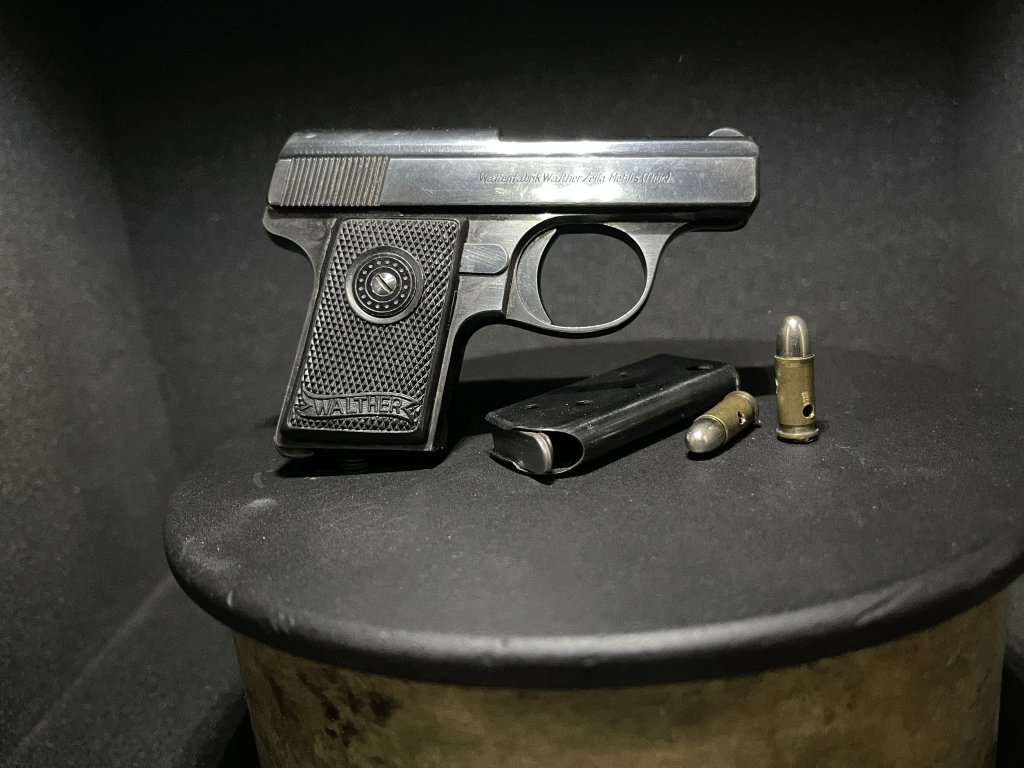
“All bullets are not created equal, and all guns can’t perform their best.” That reality is ugly when considering what some calibers are doing in the smallest handguns. In the universe of pocket pistols where nothing is more important than keeping the thing hidden one’s ballistics become secondary to size, and that sacrifice can be fatal.
To most gun owners, the caliber is as much a matter of personal comfort as it is stopping power. Ballistic testing and years of in-service performance, though, illustrate that some rounds lose too much energy, suffer flaky ignition, or generate abusive recoil when cycled from ultra-compact frames. The consequence: reduced effectiveness when it matters most.

This seven-best list analyzes seven calibers the experts and the data universally label as poor options for pocket-sized self-defense handguns. From too-small rimfires to overpressure magnums, each entry in this list presents a different trap and why it’s so crucial to pair the right cartridge with the right platform when it comes to protecting oneself.
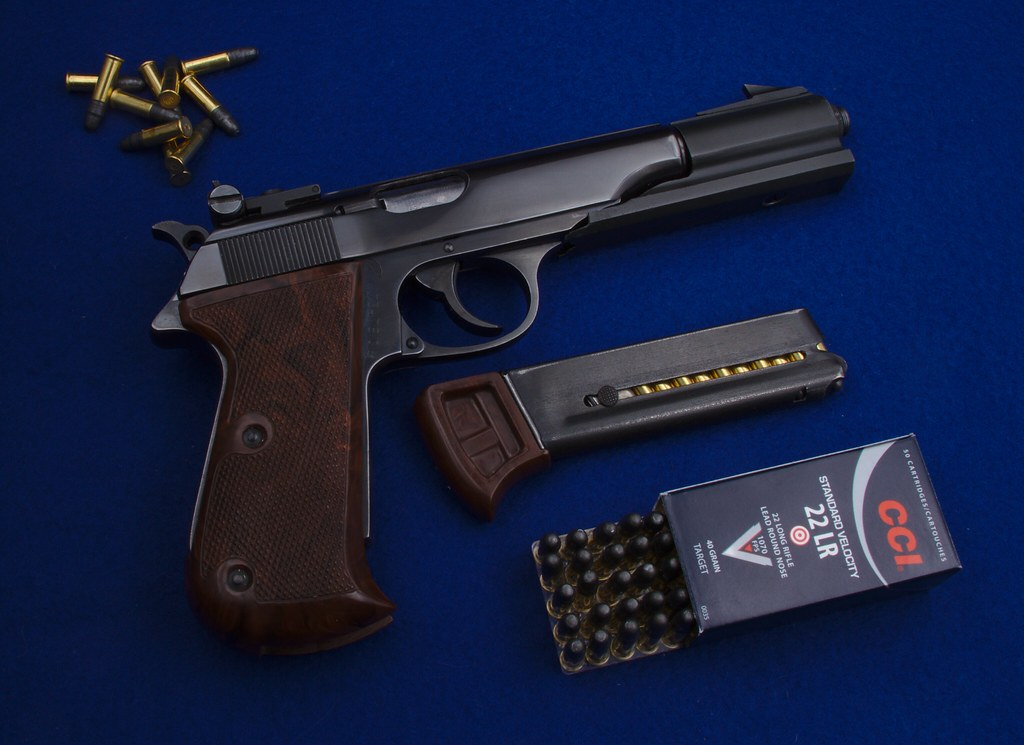
1. .22 LR Cheap, Everywhere, and Seriously Underpowered
.22 Long Rifle is a longtime favorite as a training and target rifle, thanks to the ease of its cost and recoil. But in application under self-defense by a pocket pistol, its shortcomings are egregious. Ballistic gelatin testing shows that with an admittedly modest barrel extension from 1.9 inches to 4.4 inches velocity gains of about 126 fps do not show adequate penetration. Expansion is superb, but when it occurs, penetration is usually compromised.
Rimfire ignition compounds the problem. Bulk .22 LR ammunition is prone to misfires, a flaw unacceptable in a life‑threatening encounter. While some manufacturers offer loads optimized for short barrels, the FBI’s 12‑inch minimum penetration standard remains a challenge. As one analyst noted, relying on perfect shot placement under stress is a gamble few should take.
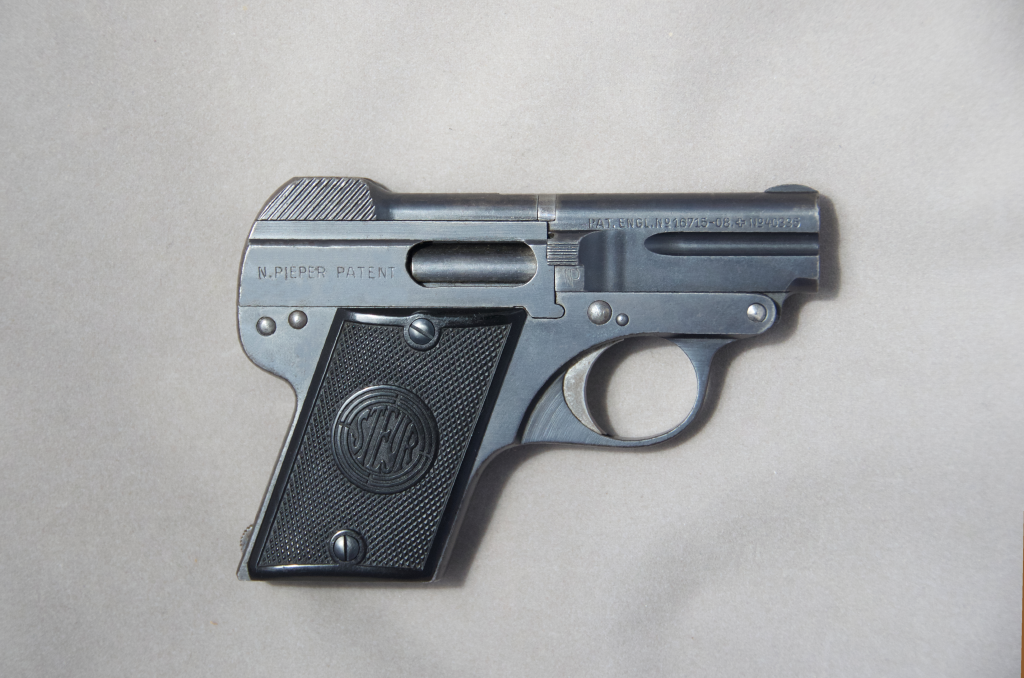
2. .25 ACP Designed for Pocket Guns, But Stuck in the Past
Established in 1905 on early semi‑autos, the .25 ACP was created for use in tiny pistols. But testing today shows its failure to meet current defensive requirements. In controlled gelatin tests, even full metal jacket loads failed to penetrate more than 11 inches, and hollow points fared worse.
Most .25 ACP weapons are in their original manufacturers from decades ago, without contemporary safety devices, low capacity, and basic sights. Ammunition evolution has been scarce at best, with shooters enjoying performance that, for most cases, is outperformed by high-velocity .22 LR loads. It is therefore today an engineering relic and not a functional carry choice.
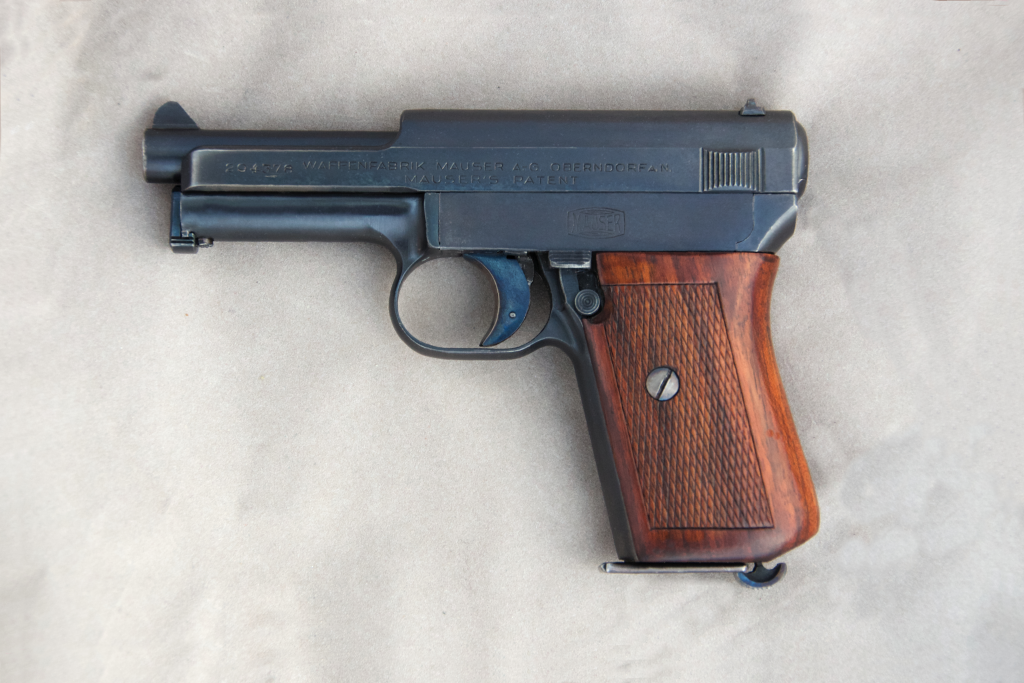
3. .32 ACP Deadly Recoil, Admittedly Marginal Performance
The .32 ACP is in the middle between .22 LR and .380 ACP, yet in short barrels it regularly does not reach penetration and expansion requirements. It was tested using a 2.7‑inch KelTec P32 and a 3.8‑inch Beretta Cheetah and had jacketed hollow points consistently under‑penetrate even when they did not expand.
Full metal jacket loads performed better in depth, some breaking the FBI minimum, but at the expense of over-penetration potential. While its light recoil is a benefit for recoil-conscious shooters, the sacrifice in terminal performance to be as attractive makes it less desirable considering that modern .380 ACP pistols are also available in roughly the same size but with improved ballistics.
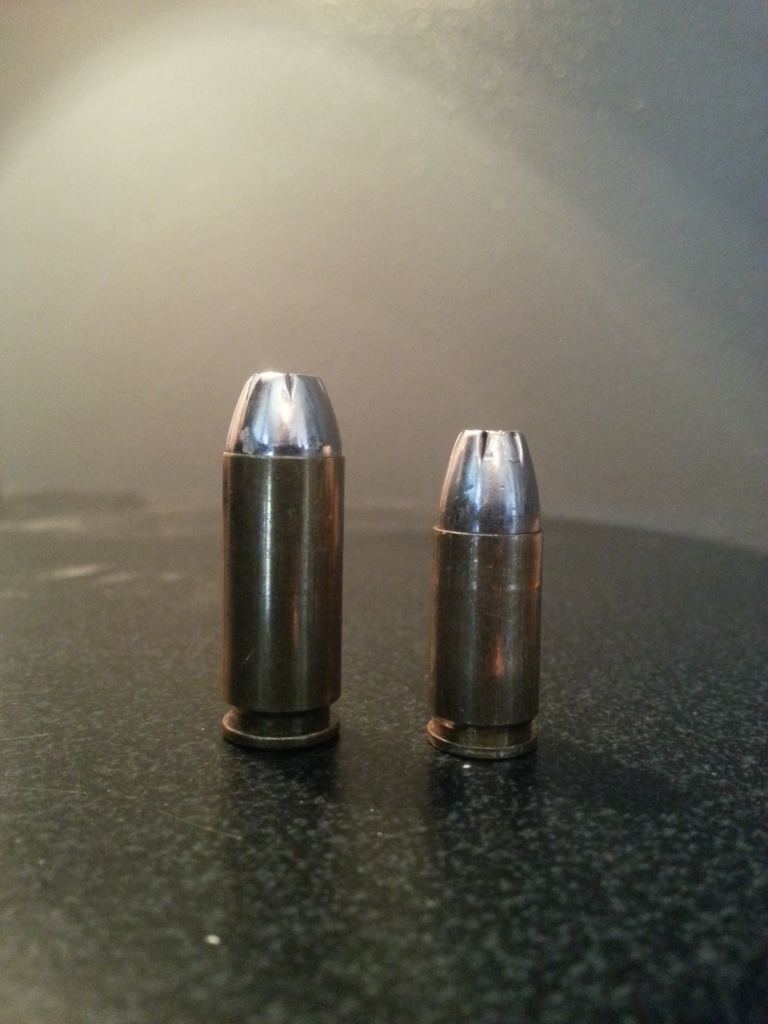
4. 10mm Auto Power That Overwhelms the Platform
The 10mm Auto carries punchy power Federal Punch load carries around 490 ft‑lbs at 50 yards but power comes with a downside in a pocket-sized package. The recoil is nippy, muzzle flash harsh, and second shot is slow. Feeds also can be touchy in extreme compactness due to cartridge length and pressure.
While the 10mm is great for full-size pistols for distant rural defense against large animals, its overkill in carry form is hard to ignore. Its best applications are four-legged threat scenarios, not close-quarters city self-defense, said one backwoods guide.
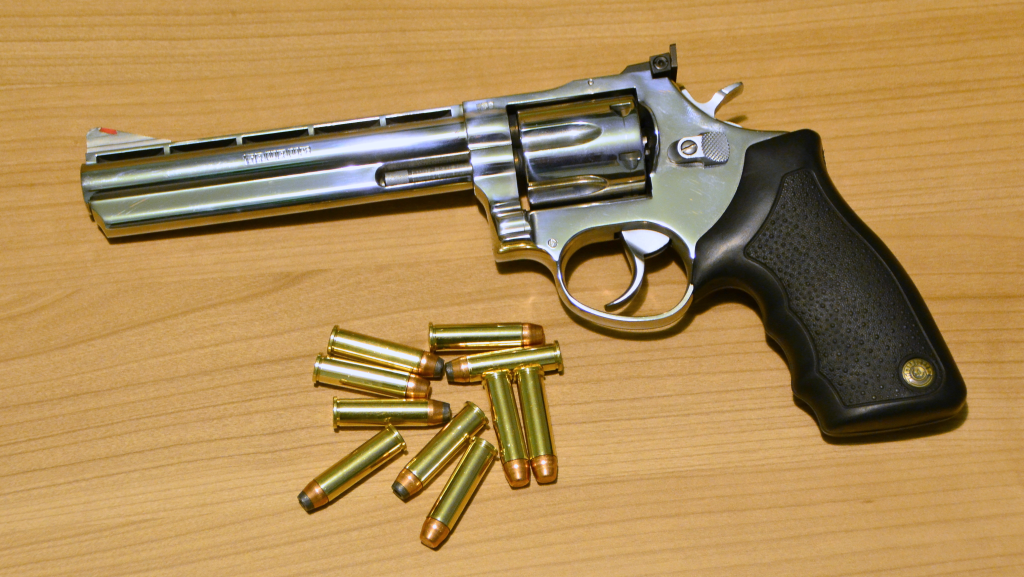
5. .357 Magnum Magnum Legend, Snub-Nose Reality
Durable in its reputation for stopping power, the .357 Magnum does poorly in barrels shorter than two inches. High-pressure loads produce more muzzle blast and recoil than they should, with unburned powder contributing more flash than velocity. On the gelatin test, some snub-nose .357 loads did slightly better and occasionally worse than .38 Special +P.
Chronograph numbers for a 2.5-inch revolver averaged around 1,276 fps, but it was brutal to fire and reduced the rate of follow-up shots. Loading a snub-nose with .38 Special +P is a better, more controllable option without sacrificing much penetration for most.
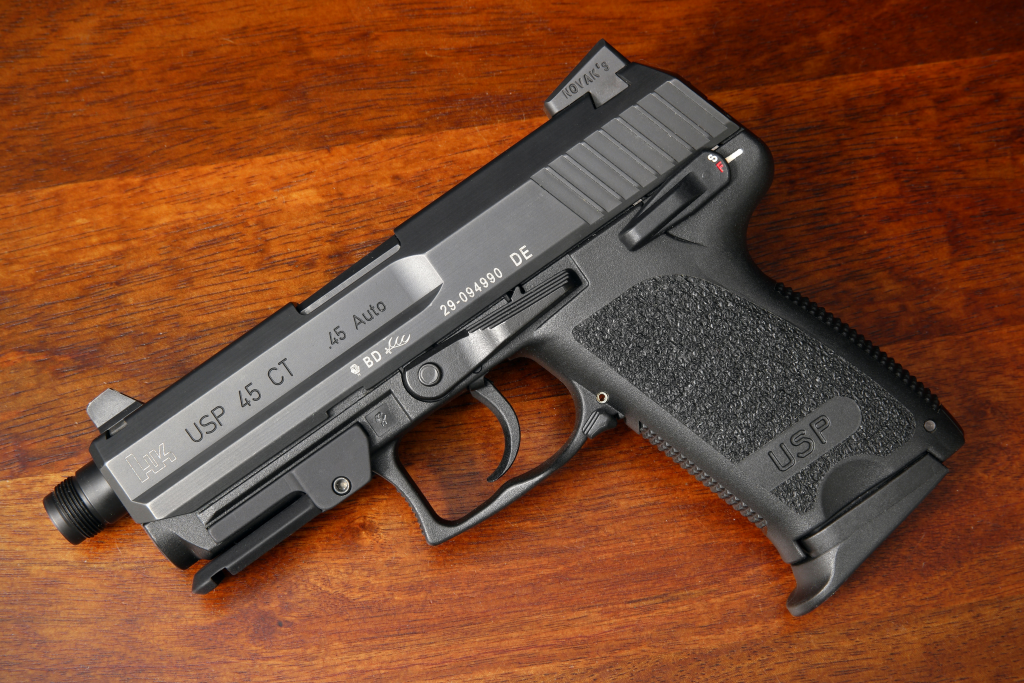
6. .45 ACP Big Bore, Small Barrel Issues
The slow, heavy .45 ACP bullet is assisted by longer barrels to achieve expansion‑sparing speeds. When sub‑3.5‑inch barrels or micro‑compacts 1911s are used, lost velocity can lead to the failure of hollow points to open consistently, thereby shortening wound channel capacity.
The trade-offs are tangible: reduced magazine capacity, increased muzzle rise, and larger grip in a design optimized for concealment. While the .45 ACP is a tested fight‑stopper in service pistols, its reliability in pocket pistols is inconsistent enough to warrant caution.
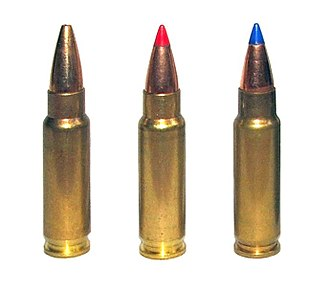
7. 5.7x28mm High‑Velocity Hype Meets Short‑Barrel Limits
The 5.7x28mm was known for its penetration and velocity, but both qualities drop off very quickly in barrels shorter than four inches. Velocity loss undermines its terminal ballistics, and civilian ammo rarely comes near the armor-piercing performance of its military equivalent.
In short pistols, over-penetration is an issue, and ammo cost is far in excess of standard defensive calibers. Without barrel length to benefit from its design, the 5.7 becomes more a novelty than a viable candidate for concealed carry.
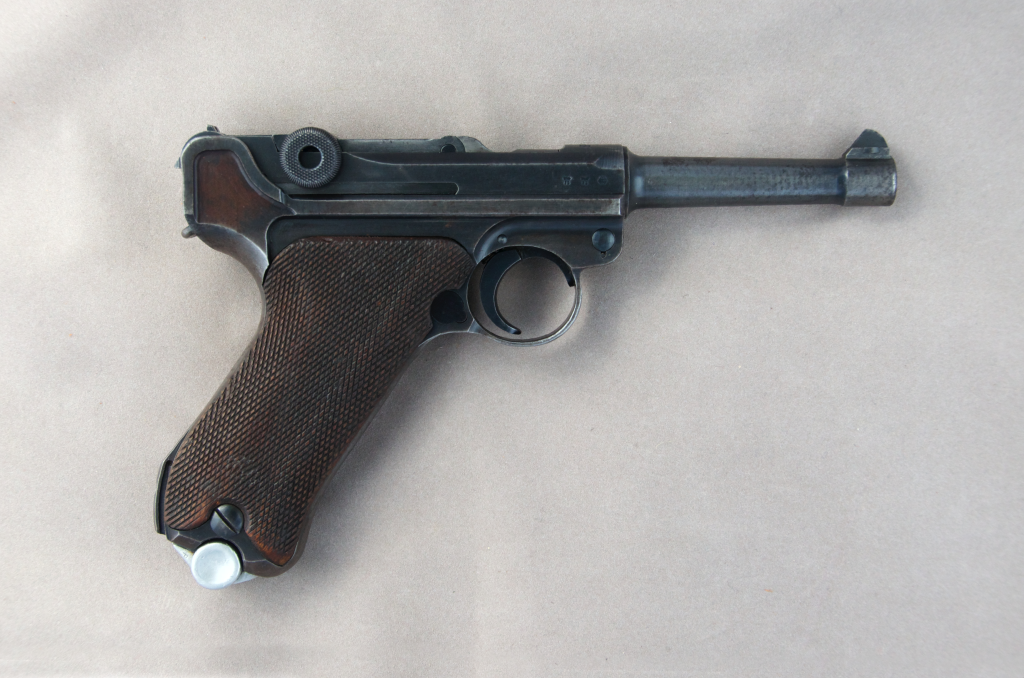
Selecting a caliber for a pocket pistol is achieving a compromise of concealability, controllability, and ballistic effectiveness. The rounds outlined below fail to meet minimum penetration standards, waste their potential in short barrels, or produce recoil that cancels out rapid, accurate fire. For all but the most rare defensive scenarios, modern .380 ACP, 9mm Luger, or .38 Special +P ammunition in well‑designed compact pistols offers a much superior combination of size and stopping power. Ultimately, the most appropriate option is one that the shooter can comfortably carry, shoot straight with, and rely upon to perform during a critical moment.
